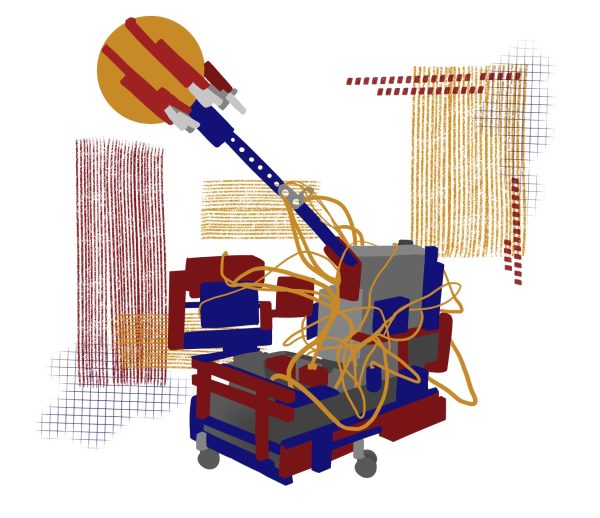The Dark Side of Snapchat: How Social Media Worsens Fentanyl Crisis
February 28, 2023
Remember when parents used to say, “Never take candy from strangers?” It was used as a warning for children to prevent abductions. Now, instead of abduction, it’s death. Instead of candy, it’s fatal drugs like fentanyl that may be used by teens to cope with stress and other mental health issues. What was then used as a highly regulated painkiller is now responsible for an increase of 182% of fentanyl related deaths from 2019 to 2021. The target? 10 to 19 year olds.
“Students can be exposed to drugs on any social media platform, in person, [and] through search engines,” guidance counselor Stephanie Fugita said.
Snapchat, specifically, has sparked an epidemic of fentanyl-related deaths like no other. The FBI has questioned the families of children who have passed away from fentanyl poisoning by fake pills. The victims supposedly acquired the pills using Snapchat to connect with the dealers. As a result, Snapchat was investigated by the FBI and the Justice Department on Jan. 26.
The vast majority of victims believe that they are receiving prescription painkillers on Snapchat, when in reality, they’re counterfeit. These fake prescription pills, or fentapills, are 100% fentanyl. 25% of the buyers who pass away from fentanyl overdose are victims of this false advertising.
“I think that dealers put it in on purpose so they can make money with less pure products,” Fugita said. For the dealers, it’s just about making profits with no regard to the wellbeing of their teenage victims.
“[Snapchat is] the platform of choice for fentanyl drug dealers,” the National Crime Prevention Council said.
Many argue that the increase in fentanyl-related deaths is not just a Snapchat specific problem. Laura Marques-Garrett, an attorney with the Social Media Victims Law Center disagrees.
“The death of American children by fentanyl poisoning is not a social media issue — it’s a Snapchat issue,” Marques-Garrett told the Los Angeles Times. Not only is Snapchat a popular social media app among teens, it’s also the perfect platform where dealers sell illegal drugs because of the use of encrypted technology that enables messages to be deleted over time.
Additionally, Snapchat has another feature called Snap Maps, which allows users to locate others on a digital map using device locations. Dealers take advantage of these qualities to sell illicit drugs like fentanyl on the app in hopes that they won’t get caught. Although Snapchat is working to improve their security and remove drug dealers’ accounts, it’s not enough. Whether they want to have fun, cope with stress, or are an unknowing victim of counterfeit pills, teens are still dying. Instead of relying on drugs to cope, teens should be encouraged to find relief through other methods such as physical activity, cooking, or reading.
“I think that we need to make sure our students are aware of the risks and that they report any illicit activity to the staff and administration,” Fugita said. To prevent risks of fentanyl poisoning, the Pinewood community needs to understand the threats this drug poses to people’s lives, especially teens. Teens all across the U.S. are dying because of this social media caused epidemic. Is that the price teens have to pay when they “take candy from strangers?”
Note: If a student is struggling, always reach out to a trusted adult instead of strangers on the internet.












